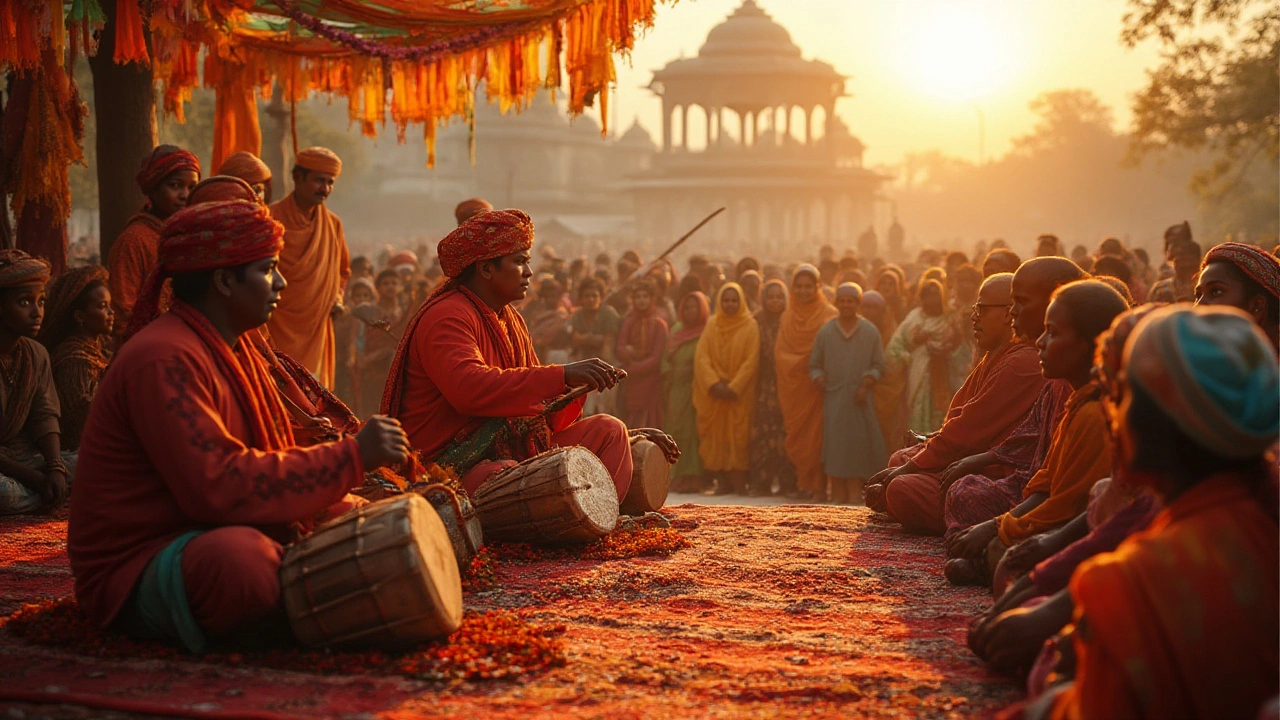Traditional Music: India’s Timeless Soundtrack
When you hear the first notes of a raga or the beat of a dhol, you’re listening to centuries of stories. Traditional music isn’t just background noise; it’s the pulse of villages, festivals, and daily life. In this guide you’ll get the basics you need to recognize, enjoy, and even share these sounds with friends.
What Makes Traditional Music Different?
First off, traditional music is rooted in local life. Each state, sometimes each district, has its own set of songs, rhythms, and instruments. For example, Rajasthan’s desert winds inspire the plaintive melodies of the algoza, while Kerala’s backwaters give rise to the fast‑paced chenda beats. The lyrics often talk about love, harvest, or myth, so you can tell a lot about a place just from its songs.
Another key point is the way these tunes are passed down. Most artists learn by watching elders, not from books. That oral tradition keeps the music fresh – minor changes happen with each performance, making every rendition unique.
Popular Forms You Can Start Listening To
Folk Songs – Think of the catchy bhajans from Punjab or the soulful ballads of Bengal. They’re easy to find on streaming apps and often come with simple guitar or tabla backing.
Classical Roots – Even if you’re not into long ragas, short excerpts like the thillana from Carnatic music can hook you fast. These pieces showcase complex rhythms while staying melodic.
Regional Instruments – Try the sound of the sitar for North Indian vibes, the bansuri for soothing wind tones, or the pakhawaj for deep, resonant beats. Each instrument tells a story of the people who crafted it.
For a quick taste, look for playlists titled “Traditional Indian Folk” or “Classic Indian Instruments.” You’ll hear everything from the lullaby‑like lullabies of Gujarat to the high‑energy Bhangra beats of Punjab.
Want to go deeper? Attend a local cultural festival. Events like the Pushkar Camel Fair often feature live folk bands, giving you a front‑row seat to authentic performance. You’ll see dancers, hear storytellers, and maybe even learn a few moves yourself.
Finally, keep an eye on new artists who blend tradition with modern sounds. Many young musicians remix classic folk songs with electronic beats, making the old feel fresh for today’s listeners. This crossover helps preserve heritage while reaching a wider audience.
So, whether you’re humming a simple bhajan on a road trip or exploring a museum’s audio guide, you’re part of a living tradition. Traditional Indian music is everywhere – you just need to press play and listen. Happy listening!
